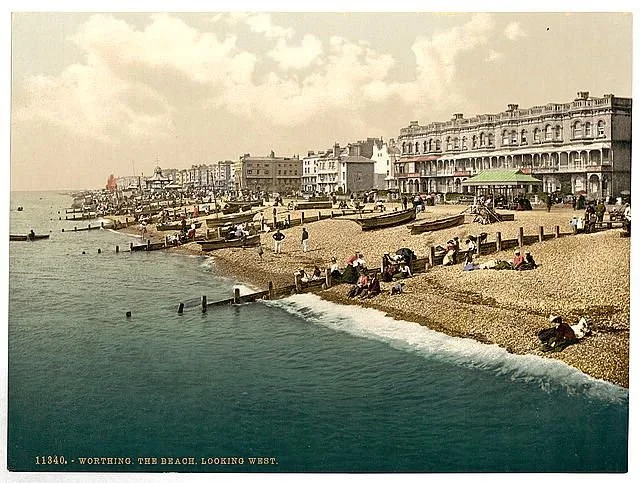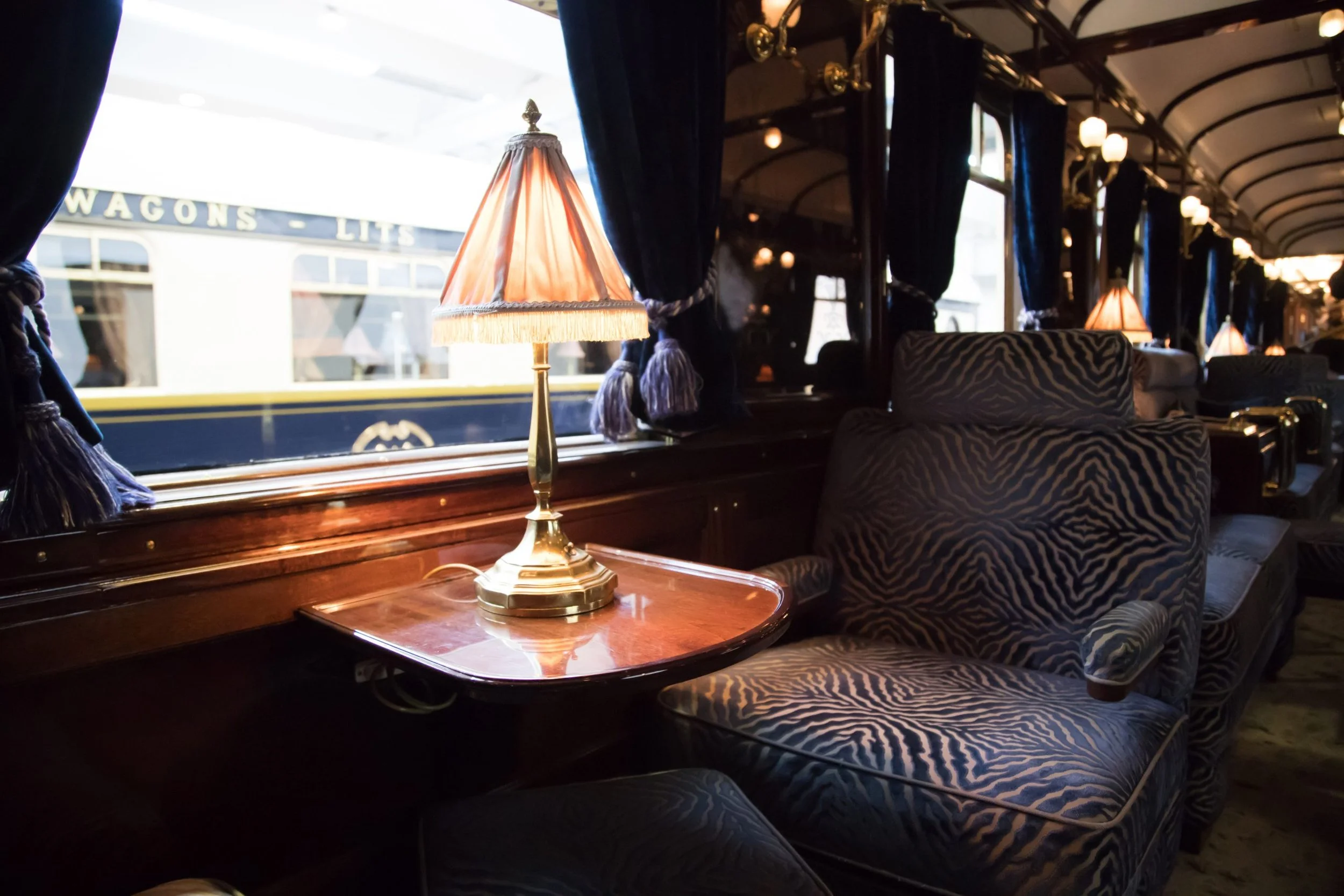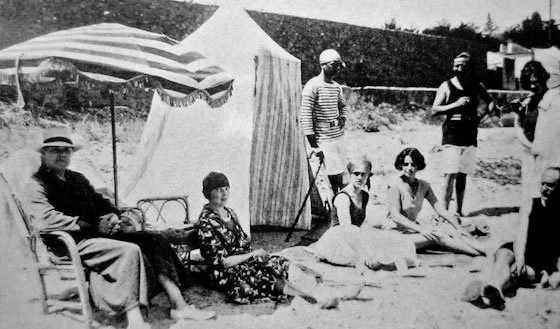Vacations Inspired By Your Favorite Authors
1. Worthing with Jane AustenJane Austen’s visit to Worthing in 1805 crept into her unfinished novel Sanditon, a satire about the modern phenomenon of seaside fishing towns transforming into coastal resorts. Her fictional character Mr. Parker lives in the fictional Trafalgar House, based on the Warwick House owned by Edward Ogle at the time of Austen’s visit. The house was demolished in 1896.
Certain attractions from Austen’s trip remain, albeit changed: She lodged at Stanfords Cottage, located in modern-day Stanford Square. The building, though upgraded and used as a storeroom after its decline in the early twentieth century, is now a Pizza Express containing a plaque to commemorate the author’s stay. The Square is now a pretty red-brick development of retail stores and restaurants. St. Mary’s Church, which she visited in Broadwater, still stands. She also frequented Spooner’s Library in the Colonnade and Stafford’s Marine Library in Marine Place—the only social attractions at the time, although in those days, libraries also sold novelty gifts and held events suitable for ladies. Austen won seven shillings at a raffle at Spooner’s during her trip. Both libraries have since closed, but the seaside promenade now dubbed Marine Parade is as booming and beautiful as ever.
2. The Orient Express with Agatha ChristieThe original Orient Express route is no longer in service, but it is still possible to ride in its original carriages—like mystery maven Agatha Christie did in 1928. In the train’s heyday, Christie took its second-class service from London to Istanbul, then Istanbul to Damascus, then Damascus to Baghdad. It was her first experience traveling solo, and she would later confess that the journey was “all that [she] had hoped for…Not until you travel alone do you realize how much the outside world will protect and befriend you.” The train went through Lausanne, Milan, Trieste, Venice, Belgrade, and the Balkans; in Iraq, Christie met archeologist Leonard Woolley while touring the ancient Babylonian ruins at Ur, whose assistant, Max Mallowan, she would marry two years later (at the time of her trip, Christie was finalizing her divorce from her first husband, Archie). After their marriage, Mallowan and Christie would regularly travel via the Orient Express.
Christie published the acclaimed Murder on the Orient Express, featuring her beloved protagonist Hercule Poirot, in 1934. In it, the fictional train is stopped by a snowdrift—a detail inspired by the fact that much of Christie and her husband’s travel occurred during the winter months, when excavations wouldn’t be debilitated by the heat. Her descriptions of the train’s interior, its schedules, and its passengers, are remarkably historically accurate.
Today, the Venice Simplon-Orient-Express consists of eleven sleeping cars, three restaurant cars, one bar car, and two staff cars, each of which have been restored from the original locomotive. It travels through London, Paris, Venice, Amsterdam, Brussels, Genova, Rome, and Florence, and once a year, it recreates the historic route from Paris to Istanbul—although tickets start at $47,650 per person.
3. The French Riviera with F. Scott FitzgeraldF. Scott Fitzgerald’s fourth and final novel, Tender Is the Night, is set in the French Riviera and dedicated to Gerald and Sara Murphy, who vacationed there with the author and his wife, along with other members of the Lost Generation like Gertrude Stein, Sylvia Beach, James Joyce, Ezra Pound, and Ernest Hemingway. The Murphys were purportedly the inspiration for the book’s protagonists, Dick and Nicole Diver, although Dick’s descent into alcoholism and Nicole’s mental instability were more obviously reminiscent of the struggles experienced by Fitzgerald and his wife Zelda.
The Fitzgeralds met the Murphys in Paris in the spring of 1924, and they visited them at the Hôtel du Cap in Antibes a few months later. The hotel is fictionalized as Gausse’s Hôtel des Étrangers in Tender Is the Night, although his efforts to disguise it were fruitless. Today, the Hôtel du Cap-Eden-Roc is a sprawling resort comprised of a main hotel, two private villas, three restaurants (one of which has a Michelin star), and six bars. Starting their journey from Paris by train, the Fitzgeralds first stayed in Hyères, then Saint-Raphaël, where, at a rented house known as Villa Marie, F. Scott Fitzgerald wrote The Great Gatsby. The house is still accessible to the public as a well-preserved holiday home. The couple spent the next five summers in the Riviera. The author wrote in a letter: “With our being back in a nice villa on my beloved Riviera (between Nice and Cannes) I’m happier than I’ve been for years. It’s one of those strange, precious and all too transitory moments when everything in one’s life seems to be going well.”
You’ve planned vacations with the aid of travel books, you’ve visited commemorative monuments and museums dedicated to famous playwrights, maybe you’ve even planned a trip inspired by a beloved novel—but have you ever traced the travels of your favorite authors? Tour Worthing alongside Jane Austen while reading Sanditon, climb aboard a renowned passenger train with your copy of Murder on the Orient Express in hand, or study the details of Tender Is the Night while staying at the French Riviera villa that once housed F. Scott and Zelda Fitzgerald, all with the help of this explorative guide!


